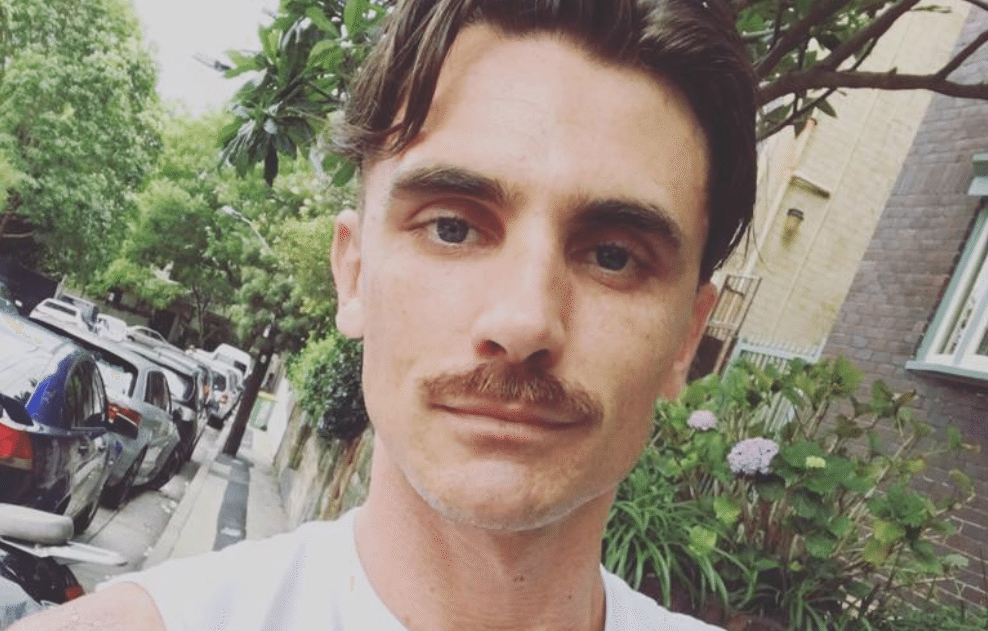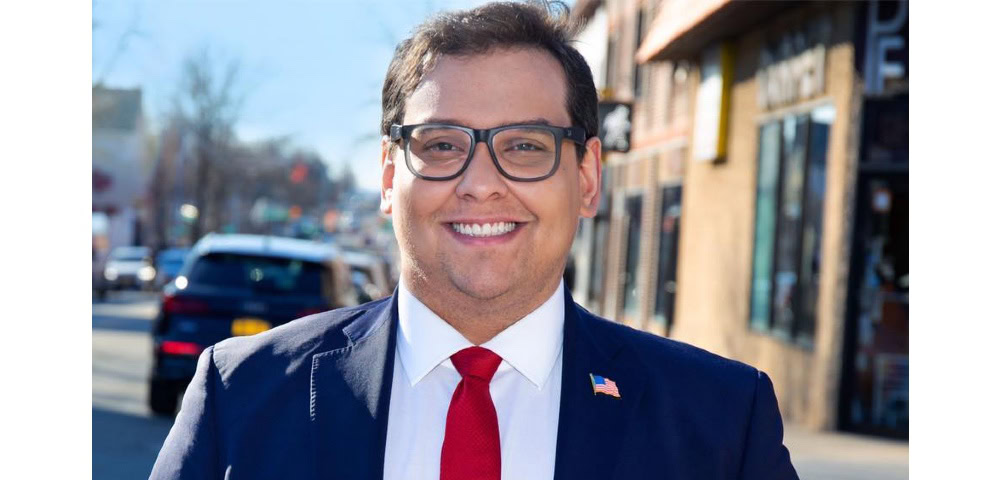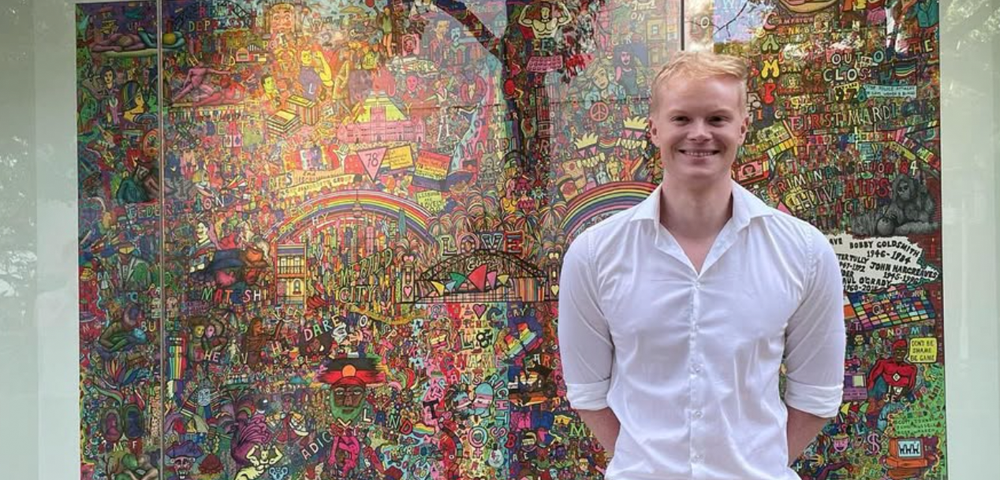
One In Two LGBT Australians Have Faced Discrimination In Insurance

A recent experience with the customer service of an insurer left Sydney-based trans woman Peta Friend, who was applying for funeral insurance, frustrated. “As a trans woman, when dealing with insurance companies, I shouldn’t just hope for a positive outcome, I should expect and get it every time,” says Friend.
For Nic Holas, as a person living with HIV, some insurance products are simply not available. The insurance sector, according to Holas, continues to view HIV from a 1990s lens, denying the community many insurance products.
Their experiences are reflected in a new national survey of LGBTQI Australians about their experiences with insurers. Around one in two LGBTQI Australian (47%) said that they had faced discrimination or exclusion when applying for an insurance product.
Australia’s Insurers: Bringing About Change
The report ‘Worth the Risk: LGBTIQA+ experiences with insurance providers‘ was prepared by the Victorian Pride Lobby and commissioned by InterInsurance Group, that is focussed on improving the experience of LGBTIQA+ customer.
In 2021, the Lobby conducted a survey of 493 LGBTQI Australians about their experiences with insurance products, including health, car and vehicle, travel, home and contents, life, income protection and disability and business.
“We hope our landmark report can be a positive turning point for Australia’s insurance industry,” Nevena Spirovska, Victorian Pride Lobby Co-Convenor, said in a statement.
“While the insurance industry has taken positive steps forward in recent years, this report also provides an opportunity to create positive and lasting change by directly listening to feedback from LGBTIQA+ insurance customers. We look forward to working with insurers in the short, medium, and long term to bring about much-needed change in the industry.”
LGBTQI Australians More Likely To Have Claims Refused
The report found that some of the most common discriminatory practices were assumptions made about the gender of the person applying for the product or their partner and intrusive questions about their sex lives. Many respondents said they were asked intrusive questions about the number of partners they had, the frequency of sex or whether they used condoms while having sex.
Two in five LGBTQI Australians (40%) said they faced the most problems when they had to update their personal information. Trans and gender diverse respondents faced the most difficulty with three in four (76%) having difficulty self-declaring their gender with insurers.
People living with HIV were more likely to avoid making a claim due to fear and stigma, the report found. As opposed to the industry average of 4%-16%, LGBTQI Australians were also more likely to have had their claims rejected.
Around 38% of those surveyed said that they had had their insurance claim rejected, and this rose to 70 % for trans and gender diverse respondents; 76% for persons living with HIV; and 91% for respondents born with a variation of sex characteristics.
“As a person living with HIV, I’m still denied a variety of insurance products,” says Holas. “That’s largely because of insurance policies based on outdated science and a view of HIV that is stuck in the 1990s. We’re excited that the insurance industry sees this report as a roadmap to a better relationship with LGBTIQA+ Australians.”
Insurance Industry And The LGBTQI Community
The report has made a set of 24 recommendations that the industry and its apex bodies like the Insurance Council of Australia and the Financial Services Council implement to ensure a positive experience for LGBTQI customers.
The report has recommended changes to the Life Insurance Code of Practice to “include more explicit guidance on vulnerable customers, including LGBTIQA+ people and updating its HIV underwriting guidelines to ensure they reflect the advent of new treatments for HIV”.
The report said that insurers should also make public information whether LGBTQI people are covered by their insurance policies, train staff to responding to queries from LGBTQI customers and make it easier for customers to make changes to their name, gender and titles.









